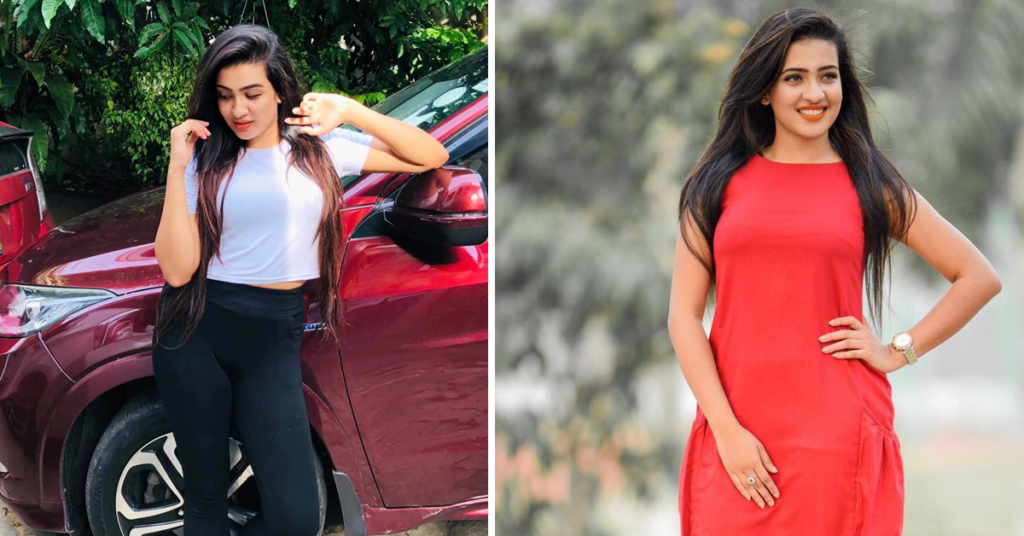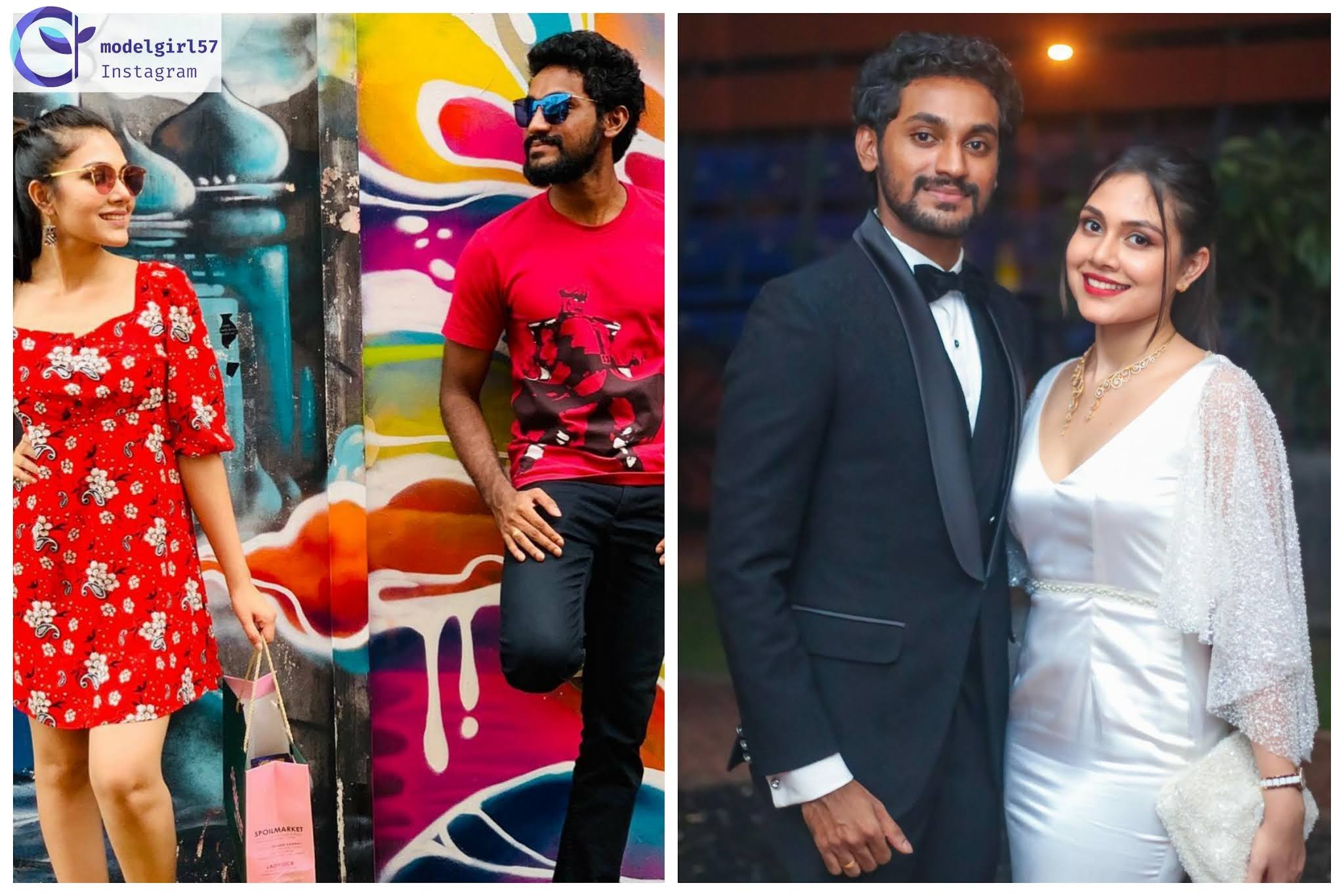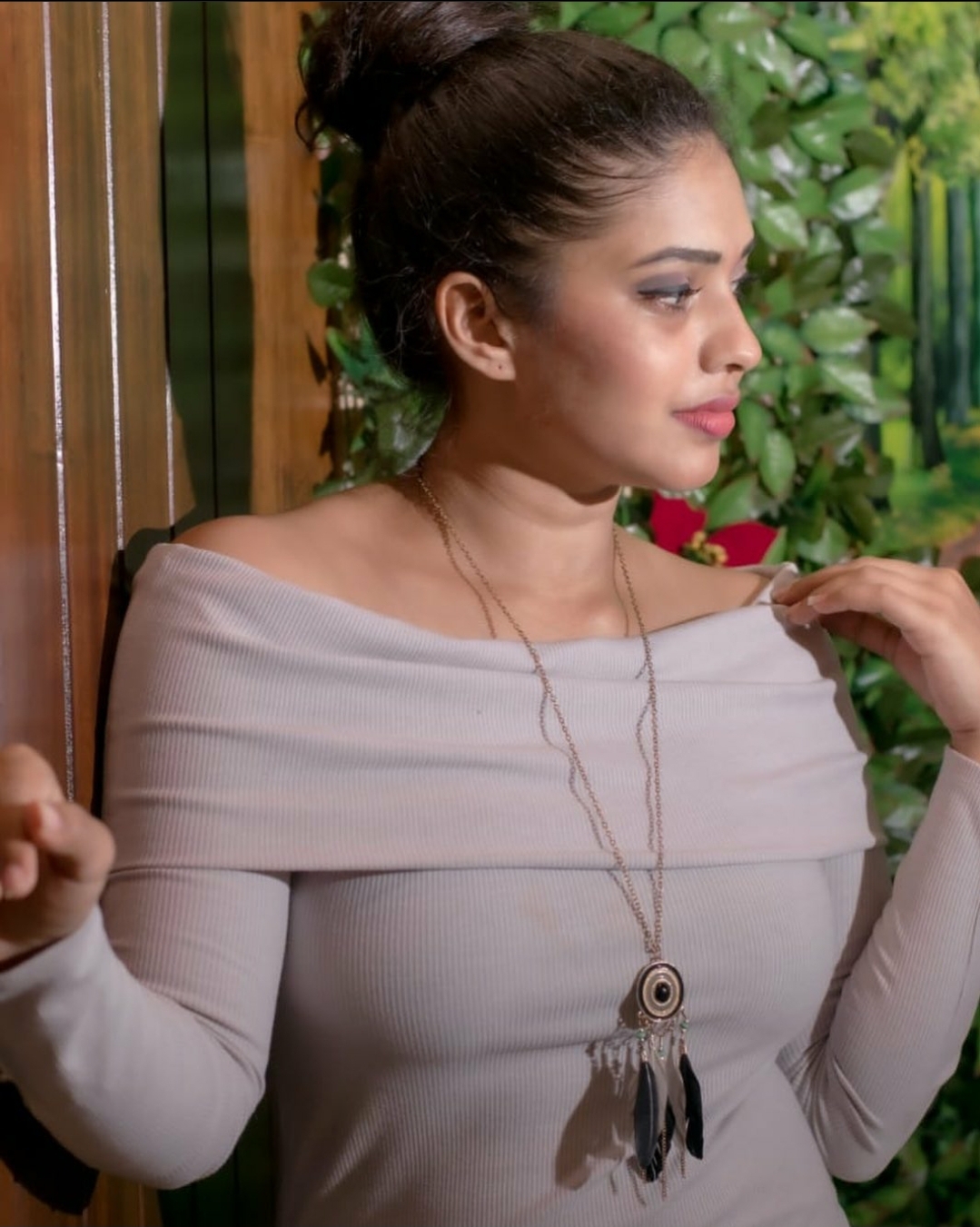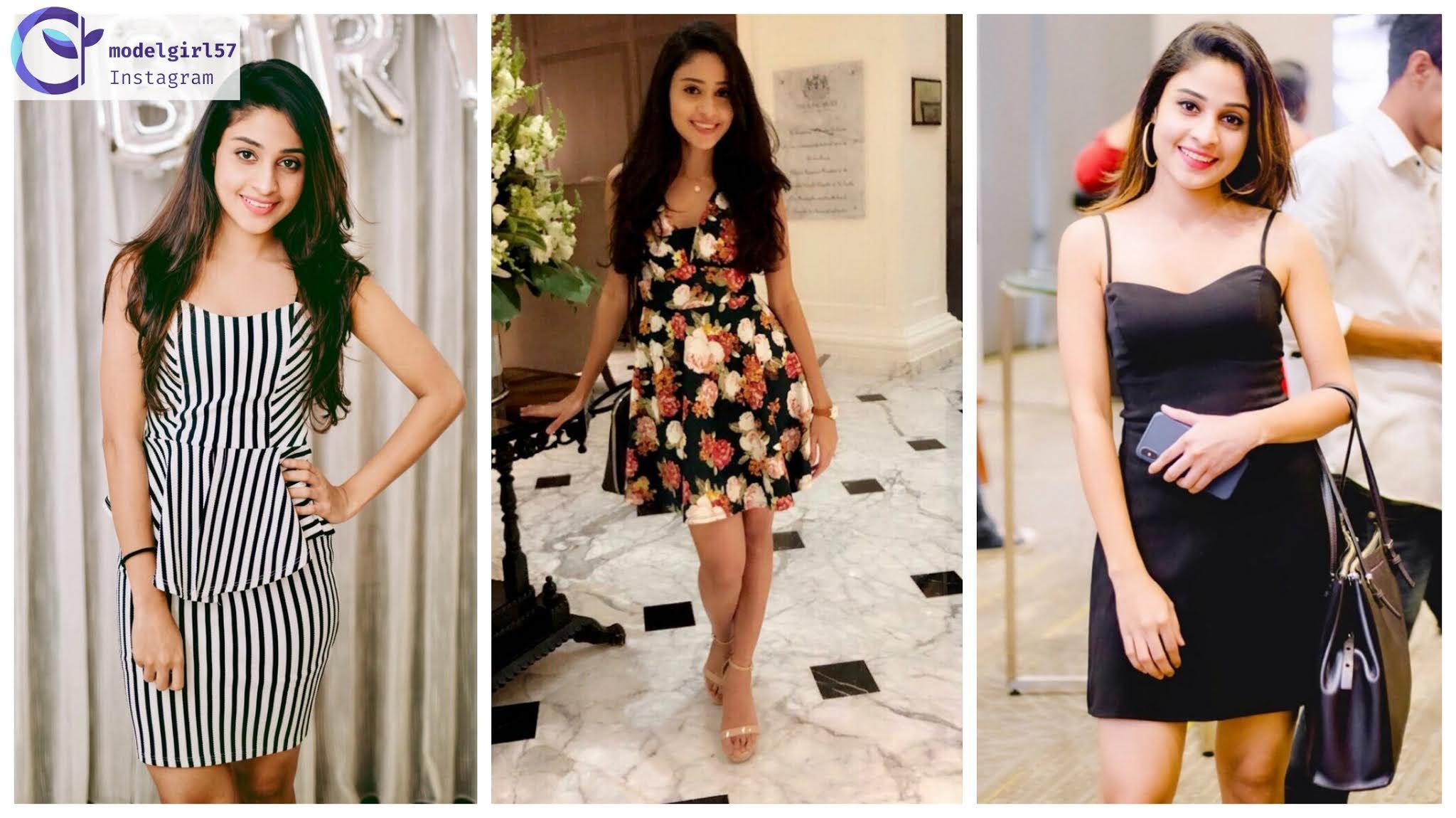The Background Of Fashion Design
The Background Of Fashion Design
Fashion design is the art of applying design, aesthetics, clothing construction and natural beauty to clothing and its accessories. It is influenced by culture and different trends and varies according to time and place. "A fashion designer designs clothes for clients, including clothing, accessories, pants and skirts, and accessories such as shoes and handbags. He or she may specialize in designing clothes, accessories or jewelry or work in more than one of these fields.
Fashion designers work in a variety of ways to design their pieces and accessories such as rings, rings and necklaces. Because of the time it takes to bring a garment to market, designers sometimes have to anticipate changes in consumer preferences. Fashion designers are responsible for creating the look for individual garments that include shape, color, fabric, decoration and more. Fashion designers play a big role in our world. Their skills and vision play a big role in how people look. They influence society and the way they choose to express themselves.
Designers do research on fashion trends and interpret them for their audience. Their specific designs are used by the manufacturers. This is the essence of the role of a designer; However, there is a difference that depends on the buying and selling approach and the quality of the products; Wholesalers, for example, will use cheap materials to define trends, but high-end retailers will ensure that they use the best available materials.
Fashion designers try to create functional as well as aesthetic clothes. They work in a wide range of materials, colors, patterns and designs, taking into account who is likely to wear a dress and the circumstances under which it should be worn. Although many of the outfits worn for everyday wear fall within a narrow range of traditional styles, unusual dresses are usually sought after for special occasions such as evening dresses or festive dresses.
Some dresses are made specifically for the individual, such as a warm couture or tailor. Today, many garments are designed for the mass market and are especially known for being comfortable and ready to wear every day.
To be a fashion designer, you have the training and certification to help you succeed in this profession. However, you do not need a university degree, but it will help you to be more successful. An associate or degree in fashion design will contribute to this success. "As a fashion designer, you will take classes in colors, materials, sewing and sewing, pattern making, fashion history and computer-aided design (CAD) and learn about different types of clothing, such as menswear or shoes." Being educated will help new fashion designers to understand every important detail about fashion and clothing and shoe design. Completing an internship for new fashion designers will be beneficial as it will assist a fashion designer and provide a better experience for new fashion designers. This will help new fashion designers get a feel of the industry and see if they still want to pursue this career.
Whether fashion designers work alone or as part of a team, fashion owners can work full-time for one fashion house as 'interior designers'. Freelance designers work for themselves and sell their designs to fashion houses, shops or clothing manufacturers. The clothes carry the buyer's label. Some fashion designers make their own labels and sell their designs. Some fashion designers are self-employed and designed for individual clients. Other luxury fashion designers cater to specialty stores or luxury fashion department stores. These designers create original clothes, as well as those that follow established fashion trends. However, many fashion designers work for clothing manufacturers and create men's, women's and children's fashion designs for the big market. 'Names' like Abercrombie & Fitch, Justice of Juicy can be created by a team of leading individual designers through the brand design director of the leading designers as their brand.
Fashion designers work in different ways. Some write their ideas on paper while others carry the material on a skirt shape, which is another term for mannequin. When a designer is completely satisfied with the fit of the toy (or muslin), they will consult a professional pattern maker and then create the complete, functional version of the pattern from a card or computerized system. Finally, a sample pack is made and tested on a model to make sure it is a functional pack.
It is widely believed that fashion design began with Charles Frederick Worth in the 19th century, when he was the first designer to embed his label in clothing. Before setting up his Mason Couture (fashion house) in Paris, the former draper, the costume design and design was largely handled by anonymous tailors and was descended from those who wore high fashion in the royal courts. Worth's success was such that he could dictate to his clients what to wear instead of following their example, as Taylors had done in the past. The term couturier was first coined to describe him. All garments of any period are studied by scholars as design, and only garments designed after 1858 are considered fashion design.
It was during this time that many design firms began hiring artists to draw or paint designs for clothing. The photos were shown to the customers, and it was much cheaper than making a real sample dress in the workshop. If the customer liked their design, they ordered it and consequently the garment made money for the house. So the tradition of designers designing garments instead of presenting them on ready-made clothing models started as an economy.
Clothing made by clothing manufacturers falls into three main categories, but it can be divided into additional, more specific categories.
Haute couture
Until the 1950s, fashion clothing was mainly designed and manufactured on a custom or warm couture basis (French for high stitching), with each garment designed for a specific customer. The wardrobe is made to order for a single customer and is usually made of high quality, expensive materials, with a focus on detail and finish, often using time-consuming, handmade techniques. Appearance and suitability take precedence over the cost of the material and the time it takes to make it. Due to the high cost of each garment, Haute couture offers a small direct benefit to fashion houses, but is important for fame and notoriety.
Ready-to-wear
Ready to wear, or ready to wear, clothing is a cross between hot couture and the mass market. They are not made for individual customers, but take great care in the selection and cutting of materials. Clothes are made in small sizes to ensure uniqueness, so it is quite expensive. Ready-to-wear collections are usually presented by fashion houses each season during what is commonly known as Fashion Week. It happens all over the city and happens twice a year. The main seasons of Fashion Week include: Spring / Summer, Autumn / Winter, Holidays, Swimming and the Bride.
Half-length dresses are an option for ready-to-wear, "off-the-peg" or ready-to-wear modes. Half-length garments are deliberately unfinished garments that encourage co-creation among the "primary designer" of the garment and are generally considered a passive "consumer". It differs from the completed garment style because the customer can participate in the process of making and designing their garments together. During the Make {able workshop, Hersher and Ninimaki discovered that personal involvement in the tailoring process creates a meaningful "narrative" for the user, creates a person-product bond, and increases the sensory value of the final product.
Otto von Bush also explores halfway clothing and fashion co-design in his dissertation "Fashion Ability, Hactivism and Engaging Fashion Design."
Half-length dresses are an option for ready-to-wear, "off-the-peg" or ready-to-wear modes. Half-length garments are deliberately unfinished garments that encourage co-creation among the "primary designer" of the garment and are generally considered a passive "consumer". It differs from the completed garment style because the customer can participate in the process of making and designing their garments together. During the Make {able workshop, Hersher and Ninimaki discovered that personal involvement in the tailoring process creates a meaningful "narrative" for the user, creates a person-product bond, and increases the sensory value of the final product.
Mass market
Today, the fashion industry relies heavily on big market sales. The Big Market caters to a wide range of customers, who make ready-to-wear garments through trends that are made fashionable by well-known names. They often wait for a turn to make sure they are going to become fashionable before producing their original versions. To save money and time, they use inexpensive materials and simple manufacturing methods that can be easily done by machines. The final product can therefore be marketed very cheaply.
There is a design called "kutch" from the German word kitschig, which means "apostate" or "non-aesthetic". Kitsch can also refer to it as "drawing or displaying something that is no longer in vogue."
The median annual salary of a paid fashion designer was $ 61,160 in May 2008. On average, 50 percent earned $ 42,150 to $ 87,120. The bottom 10 percent earned less than $ 32,150 and the top 10 percent earned more than $ 124,780. Half-year earnings from clothing, accessories and ideas were $ 52,860 (£ 40,730.47) - the industry employing the largest number of fashion designers. As of 2016, the average annual salary of a fashion designer is $ 65,170. Top designers can earn about $ 92,550. In 2016, 23,800 people in the United States were counted as fashion designers.
Today, fashion is a global industry and there is a fashion industry in many large countries. Seven countries have an international reputation for fashion: France, Italy, the United Kingdom, the United States, Japan, Germany and Belgium. The "big four" fashion capitals of the fashion industry are Paris, Milan, New York City and London, and Paris is often considered the fashion capital of the world.
Today, fashion is a global industry and there is a fashion industry in many large countries. Seven countries have an international reputation for fashion: France, Italy, the United Kingdom, the United States, Japan, Germany and Belgium. The "big four" fashion capitals of the fashion industry are Paris, Milan, New York City and London, and Paris is often considered the fashion capital of the world.
United States
Most fashion houses in the United States are located in New York City and a high concentration is centered in the Garment District area. On the west coast of the United States, there are also a significant number of fashion houses in Los Angeles, where a significant percentage of high-end fashion clothing manufactured in the United States is actually made. Beverly Hills, especially Rodeo Drive, is world famous for its fashion design and shopping. Emerging industries have also grown in Miami, Chicago, Dallas and especially San Francisco. New York Fashion Week, a semi-annual festival held every February and September, is the oldest of the four major fashion weeks around the world. Parsons The New School of Design is located in the Greenwich Village neighborhood of lower Manhattan, New York, and is considered one of the top fashion schools in the world. Many fashion magazines published in the United States are distributed to readers around the world. Examples include Vogue, Harper's Bazaar and Cosmopolitan.
American fashion design is very diverse, reflecting the great ethnic diversity of the population, but largely dominated by pure, urban, hip aesthetics, and often preferring a more casual style, athletic, healthy lifestyle. Suburbs. And the urban middle class.
Well-known American brands and designers include Calvin Klein, Ralph Lauren, Coach, Nike, Vans, Marc Jacobs, Tommy Hilfiger, DKNY, Tom Ford, Caswell-Massey, Michael Kors, Levi Strauss and Co., Estée Lauder, Revlon, Kate. . Spade, Alexander Wang, Vera Wang, Victoria's Secret, Tiffany and Co., Converse, Oscar de la Renta, John Varvatos, Anna Sui, Prabal Gurung, Bill Blass, Halston, Carhartt, Brooks Brothers, Stuart Weitzman, Diane von Fursten, Jursten Crew, American Eagle Outfitters, Steve Madden, Abercrombie and Fitch, Juicy Couture, Thom Browne, Guess, Supreme and The Timberland Company.
Belgium
In the late 1980s and early 1990s, Belgian fashion designers brought a new style of image that blended the East and the West, bringing a highly personal, personal vision into fashion. Well-known Belgian designers include Antwerp Six: Ann Demeulemeester, Dries Van Noten, Dirk Bikkembergs, Dirk Van Saene, Walter Van Beirendonck and Marina Yee as well as Maison Martin Margiela, Raf Simons, Kris Van Assche, Bruno Pieters, Anthony Vaccarel.
United Kingdom
London has long been the capital of the British fashion industry and has combined a wide range of exotic designs with modern British fashion. The typical British design is clever but innovative, but has recently combined traditional styles with non-traditional modern techniques. Vintage fashion plays an important role in the British fashion and design industry. Designers regularly 'mix and match' with old and new, giving British style a unique bohemian aesthetic that many other fashion capitals try to emulate. Irish fashion (both design and design) is also strongly influenced by British fashion trends. Well-known British designers are Thomas Burberry, Alfred Dunhill, Paul Smith, Vivienne Westwood, Stella McCartney, John Galliano, John Richmond, Alexander McQueen, Matthew Williamson, Gareth Pugh, Hussein Chalayan.
France
Many French fashion houses are located in Paris, the capital of French fashion. Traditionally, the French style is chic and stylish, defined by its sophistication, cuts and clever accessories. French fashion has gained international recognition.
Spain
Madrid and Barcelona are the most important fashion cities in Spain. Spanish fashion is often more traditional and traditional, but more 'contemporary' than other fashion cultures. It is a well-known fact that Spaniards do not take big risks when dressing. However, there are many fashion brands and designers coming from Spain.
The most notable luxury homes are Loewe and Balenciaga. Well-known designers include Manolo Blahnik, Elio Berhanyer, Cristobal Balenciaga, Paco Rabanne, Adolfo Domínguez, Manuel Pertegaz, Jesús del Pozo, Felipe Varela and Agatha Ruiz de la Prada.
Spain is also home to major fashion brands such as Zara, Massimo Dutti, Bershka, Pull & Bear, Mango, Desigual, Pepe Jeans and Camper.
Germany
Spain is also home to major fashion brands such as Zara, Massimo Dutti, Bershka, Pull & Bear, Mango, Desigual, Pepe Jeans and Camper.
The German Fashion Center is located in Berlin (leading to Berlin Fashion Week), and presents the largest fashion show in Europe with the D sseldorf Igedo. Other important centers of interest are Munich, Hamburg and Cologne. German fashion is known for its elegant lines as well as unusual youth designs and variety of styles.
Italy
Milan is the fashion capital of Italy. Many old Italian couturiers were in Rome. However, Milan and Florence are the Italian fashion capitals, and this is the exhibition space for their collections. It displays the comfort and attractive elegance of the Italian style. In Italy, Mylan Fashion Week is held twice a week in February and September. Milan Fashion Week focuses on fashion and celebrates it in the heart of Milan with fashion lovers, buyers and the media.
Japan
There are many Japanese fashion houses in Tokyo. The Japanese look is loose and unstructured (often due to intricate cuts), the colors tend to be dark and subtle and rich in texture. Well-known Japanese designers include Kenzo Takada, Issey Miyake, Yohji Yamamoto and Rei Kawakubo.
China
The design concept of the Hong Kong clothing brand Shanghai Tang was inspired by Chinese clothing and aims to revive Chinese fashion in the 1920s and 30s, using a modern twist of the 21st century and bright colors.
Soviet Union
The fashions of the Soviet Union largely followed the general trends of the Western world. However, the socialist ideology of the state has consistently moderated and influenced these tendencies. In addition, due to the shortage of consumer goods, the general public did not have access to pre-designed fashion.
Switzerland
There are many Swiss fashion houses in Zurich. The Swiss look is a bit cozy, elegant and luxurious specialty. On top of that, it was greatly influenced by the dance club's philosophy.
Mexico
In the development of Mexican native clothing, production was determined by the materials and resources available in specific regions, which influenced the “fabric, shape, and construction of men’s clothing”. Tissues are made from plant fibers, including cotton and sage. The class situation was identified by identifying what material was drawn. The Mexican dress was influenced by geometric shapes to create the silhouette. The hippie blouse, a "loose, sleeveless tunic made of two or three long sleeveless sleeves," is one of the most important historical garments worn today. After the Spanish invasion, traditional Mexican clothing shifted to follow a Spanish treaty.
Native Mexican groups rely on specific embroidery and colors to distinguish them from each other.
Mexican pink is an important color for Mexican art and design and for the identity of the common soul. The term "Rosa Mexicano", coined by Ramon Valdiocera, was coined by prominent figures such as Dolores del Rio and New York designer Ramon Val.
When newspapers and magazines like El Imparcial and El Mundo Ilustrado circulated in Mexico, it became a significant business as it informed major cities like Mexico City about European fashion. This encouraged the establishment of department stores that changed the existing pace of fashion. With the advent of European fashion and clothing, those with higher social status relied on the acceptance of those elements to distinguish them from others. Juana Catarina Romero was a successful entrepreneur and pioneer in this business.
Malaysia
Native Mexican groups rely on specific embroidery and colors to distinguish them from each other.
Kuala Lumpur, Malaysia is the most important fashion and manufacturing city and is the fashion week in Malaysia.
A fashion designer creates clothing combinations of line, proportion, color and texture. Although sewing and pattern making skills are useful, they are not a prerequisite for successful fashion design. Most fashion designers are formal apprentices or apprentices.
A technical designer works with the design team and factories abroad to ensure the correct garment construction, appropriate material choice and good fit. The technical designer prepares the garment samples to an appropriate format and decides what appropriate and design changes need to be made before the garment can be mass-produced.
A pattern maker (also known as a pattern master or pattern cutter) records the shapes and sizes of garments. This can be done manually using paper and measuring equipment or a CAD computer software program. Another method is to sew the fabric on the shape of the dress. The resulting pattern pieces can be assembled to produce the desired design and desired size of the dress. Acting as a pattern marker usually requires formal training.
A tailor makes custom garments made according to the customer's customs; Especially outfits (coats and pants, jackets and skirts, etc.). Taylor usually receives apprenticeships or other formal training.
A textile designer weaves and designs prints for clothes and furniture. Many textile designers are formally trained as apprentices and in school.
A designer coordinates clothes, jewelry and accessories used for fashion photography and treadmill presentations. A designer can work with a single client to design a wardrobe. Many designers are trained in fashion design, fashion history and historical clothing and have a high level of expertise on current fashion markets and future market trends. However, some have a strong aesthetic feel to add to the stunning look.
A fashion buyer chooses and buys clothes at grocery stores, department stores and chain stores. Many fashion buyers are trained in business and / or fashion studies.
Ready-made or mass-produced garments to be sewn by hand or by a sewing machine as a sewing machine operator in a clothing store or factory. She (or he) may not have the skills to make costumes (design and cut) or fit them on a model.
The tailor specializes in custom women's clothing: day, sunscreen and evening wear, business attire and clothing, pants, sportswear and underwear.
A fashion forecaster predicts which colors, designs and shapes will be popular ("on trend") before they are sold in clothing stores.
A model shows off her clothes at fashion shows and photos.
A matching model allows the fashion designer to dress and comment on their fit during their design and preset. Suitable models for this purpose must be of a certain size.
A fashion journalist writes fashion articles that describe clothes or fashion trends that are presented to magazines or newspapers.
A fashion designer creates clothing combinations of line, proportion, color and texture. Although sewing and pattern making skills are useful, they are not a prerequisite for successful fashion design. Most fashion designers are formal apprentices or apprentices.
A technical designer works with the design team and factories abroad to ensure the correct garment construction, appropriate material choice and good fit. The technical designer prepares the garment samples to an appropriate format and decides what appropriate and design changes need to be made before the garment can be mass-produced.
A pattern maker (also known as a pattern master or pattern cutter) records the shapes and sizes of garments. This can be done manually using paper and measuring equipment or a CAD computer software program. Another method is to sew the fabric on the shape of the dress. The resulting pattern pieces can be assembled to produce the desired design and desired size of the dress. Acting as a pattern marker usually requires formal training.
A tailor makes custom garments made according to the customer's customs; Especially outfits (coats and pants, jackets and skirts, etc.). Taylor usually receives apprenticeships or other formal training.
A textile designer weaves and designs prints for clothes and furniture. Many textile designers are formally trained as apprentices and in school.
A designer coordinates clothes, jewelry and accessories used for fashion photography and treadmill presentations. A designer can work with a single client to design a wardrobe. Many designers are trained in fashion design, fashion history and historical clothing and have a high level of expertise on current fashion markets and future market trends. However, some have a strong aesthetic feel to add to the stunning look.
A fashion buyer chooses and buys clothes at grocery stores, department stores and chain stores. Many fashion buyers are trained in business and / or fashion studies.
Ready-made or mass-produced garments to be sewn by hand or by a sewing machine as a sewing machine operator in a clothing store or factory. She (or he) may not have the skills to make costumes (design and cut) or fit them on a model.
The tailor specializes in custom women's clothing: day, sunscreen and evening wear, business attire and clothing, pants, sportswear and underwear.
A fashion forecaster predicts which colors, designs and shapes will be popular ("on trend") before they are sold in clothing stores.
A model shows off her clothes at fashion shows and photos.
A matching model allows the fashion designer to dress and comment on their fit during their design and preset. Suitable models for this purpose must be of a certain size.
A fashion journalist writes fashion articles that describe clothes or fashion trends that are presented to magazines or newspapers.






Comments
Post a Comment